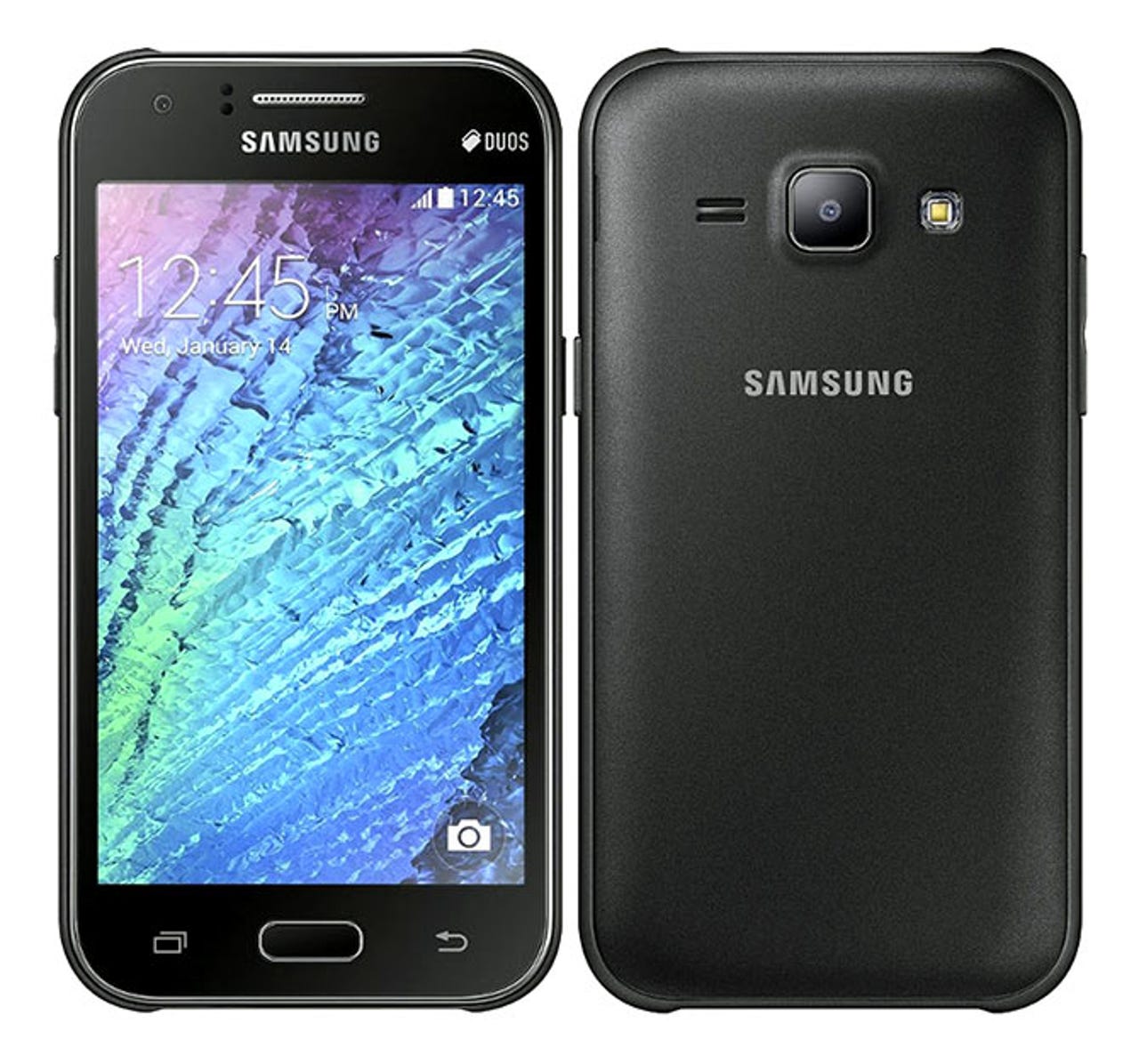Samsung comes out with a budget contender, but can it take on Lenovo?

The news of late surrounding Samsung has overwhelmingly been about how it's getting its lunch eaten by domestic rival Micromax, according to research firm Canalysis, something that the Korean major has strongly contested. Canalysis maintained that Micromax was responsible for 22 percent of smartphone sales in India in the October-December quarter, versus Samsung's 20 percent. Samsung, on the other hand, insists that it had a leading volume market share of 34.3 percent.
Whichever way you slice it, the fact is that Samsung has been steadily losing market share points in India as domestic phone makers such as Lava and Karbonn in addition to foreign ones such as Xiaomi and Motorola have flooded the market with their affordable phones. Meanwhile, Samsung has mystifyingly avoided the hottest-growing category, seemingly focused on its premium line-up. This is a strategic mistake, according to some, considering that 25 percent of smartphones sold in India in the fourth quarter were priced under $100, while 41 percent were in the $100 to $200 range.
Samsung fans will be relieved to see that the company has finally dived into the budget phone fray with its latest offering, the Galaxy J1 4G, at what appears to be a rock-bottom price -- at least for Samsung. It also launched two other 4G smartphones, the Galaxy Grand Prime 4G and Galaxy Core Prime 4G. The brand, from being a laggard, will now be the only company to have 4G devices across all price ranges right up to the flagship Samsung Galaxy Note Edge range.
It's not that Samsung doesn't have models at the lower end of the price spectrum. The devices just aren't good enough, at least when compared to the dazzling products that seem to jump off assembly lines and into Indian hands at a dizzying rate. Consequently, it has sat back and watched mutely while the likes of Xiaomi (with its Redmi 1S), Motorola (with its Moto E), and Micromax (with the Yureka) have stunned Indians with the value proposition they are being given.
This was taken to new heights a few weeks ago, when Lenovo caused a sensation by introducing the first budget 4G phone in India, the A6000 4G. If Samsung has any hopes of putting more J1s into the hands of Indian consumers, it has to go head-to-head with the A6000 -- and win.
So how do the two phones stack up? The Galaxy J1 4G packs a 4.3-inch WVGA display, runs on a quad-core 1.2GHz CPU with 768MB of RAM, and comes with 4GB of expandable storage. It sports a 5MP rear shooter, a 2MP selfie camera (innovative selfie features), an 1,850mAh battery, and Android 4.4 KitKat OS. All of this comes for RS 9,990, or $161.By contrast, Lenovo, for a jaw-dropping Rs 6,999 ($113), packs in features that will be hard to beat: A 5-inch 720p screen that blows the Samsung J1 away, a similar quad-core chip set but with 1GB of RAM, an 8MP front camera that takes crisp photos, and a 2,300mAh removable battery that seems outstanding for the price. No one will really know until both devices are tested head-to-head, but on paper it seems a no contest in favour of the A6000, and that's before you even factor in price
The irony of two 4G handsets battling it out for supremacy is the fact that a 4G rollout is yet to happen nationwide. So none of this seems very relevant to India as of now. And when the rollout does happen, you can be sure that there will be other contenders who have upped the ante considerably on these two offerings.